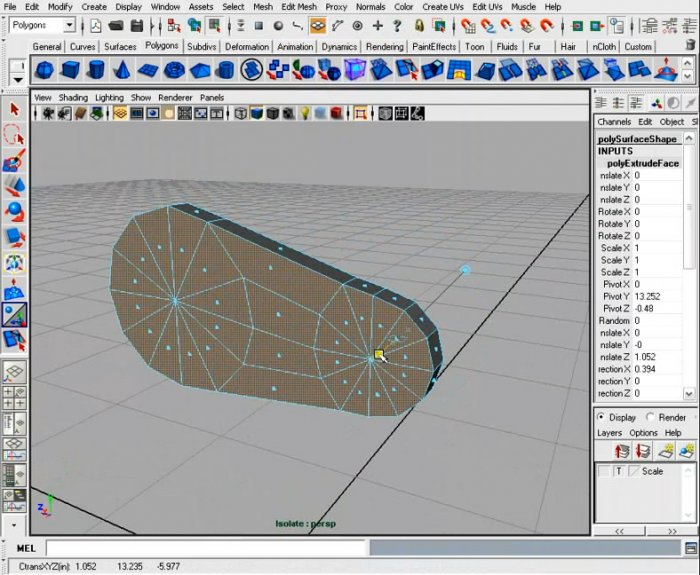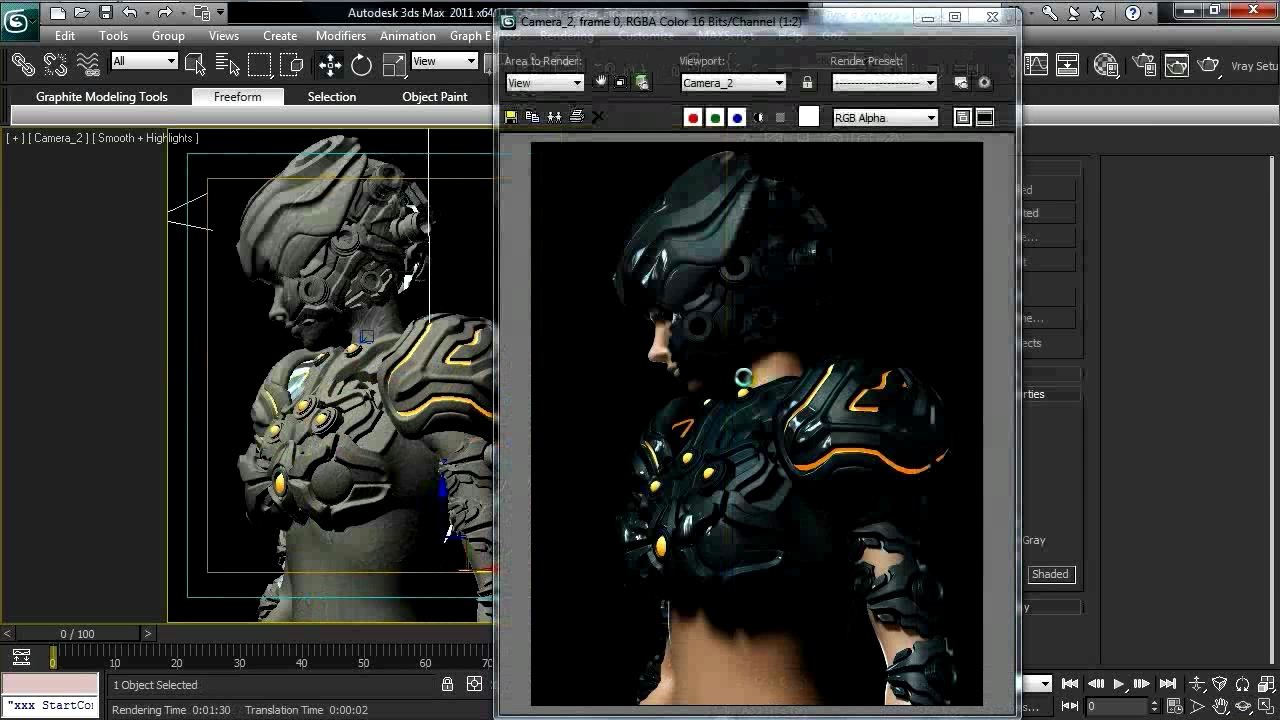

- #Digital tutors introduction to realflow 2012 how to
- #Digital tutors introduction to realflow 2012 pro
- #Digital tutors introduction to realflow 2012 series
From there, we will learn how to start working with RealFlow fluid particles – learning about the important attributes that affect particle behavior, as well as how we can use daemons to add dynamic forces such as wind, gravity, and air resistance to our simulations. It is important to develop good workflow habits early in your RealFlow education, so we will start by learning the importance of properly setting up your RealFlow projects as well as how to efficiently move around within the RealFlow interface.
#Digital tutors introduction to realflow 2012 series
In this series of lessons, we will be taking an introductory look at RealFlow 2012 and many of the key features of this robust fluid simulation software. Digital - Tutors Introduction to RealFlow 2012Įnglish | 3 hrs. Bonus disc for Edius 6.xx (ProDAD, Izotop, NewBlue 1.4x2.4 2011,I.Digital Tutors / Introduction to 3ds Max 2014 + Project Files.
#Digital tutors introduction to realflow 2012 pro


Viewing and editing an object's Animation Path Recording and modifying keyframes on the Timeline RulerĬopying and pasting animation in CINEMA 4D Modeling spline-based landing gear pieces Finally, we will finish this CINEMA 4D tutorial by taking you through MoGraph, an extremely powerful toolset in CINEMA 4D that will allow you to create highly complex, very detailed motion graphics with minimal effort.īuilding the base from a parametric primitiveĬreating the large wing pivots with splinesĬombining splines to create the wing outline From there, we will learn how to use the standard CINEMA 4D particle system to create realistic steam for the refueling hose of our aircraft, and we will guide you through the process of setting up the lights, shadows, and using many rendering features in CINEMA 4D to finish out this whole project. We will also guide you through the entire process of rigging this vehicle for movement, and then animating the takeoff and flying sequence for this project. From this point, we will walk step-by-step through the process of modeling and texturing our own futuristic flying vehicle using CINEMA 4D and the built-in BodyPaint texturing suite. We will begin our training by exploring the user interface, and discussing a number of features and concepts that will be very important to know as we start to delve deeper into the software. You will learn from several of the instructors here at Digital-Tutors, as we go through many of the major parts of the software, and help you become a more effective CINEMA 4D artist. In this CINEMA 4D tutorial, we will provide you with a good understanding of how to work within CINEMA 4D.


 0 kommentar(er)
0 kommentar(er)
